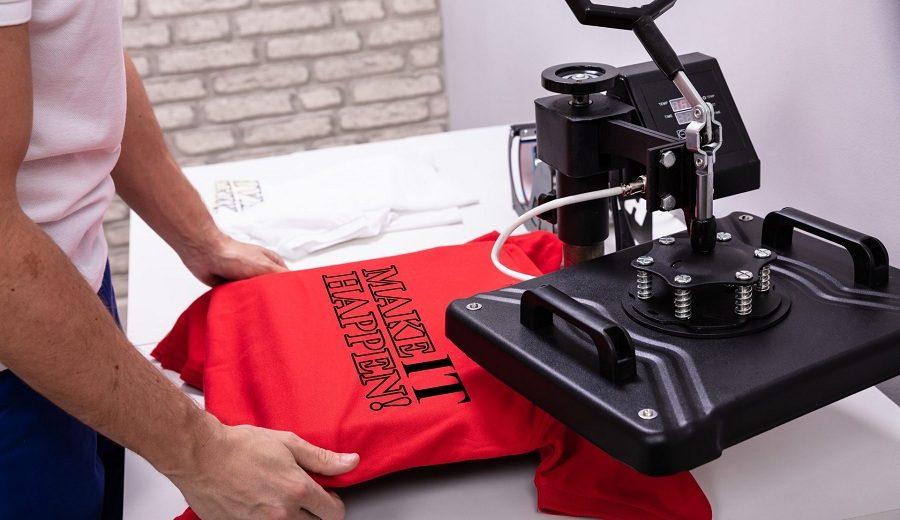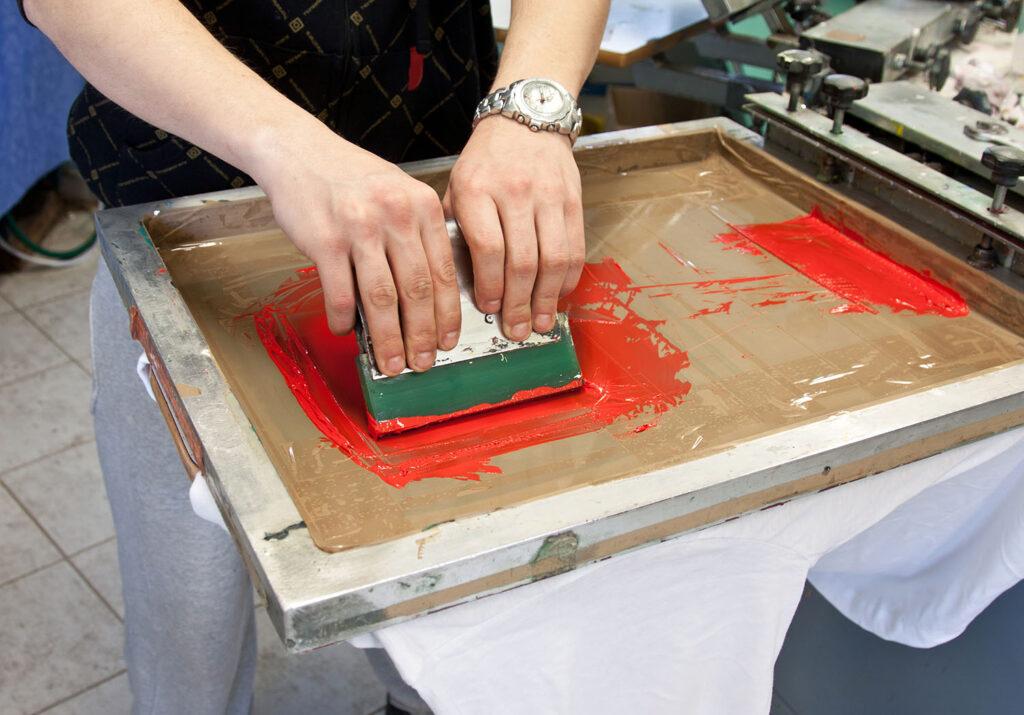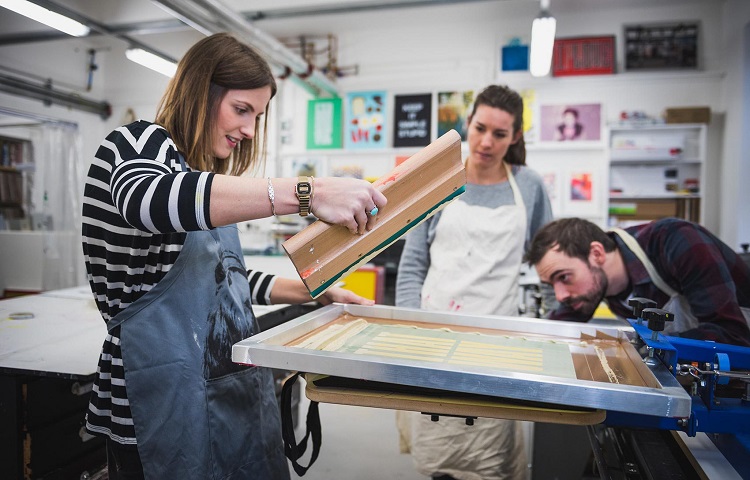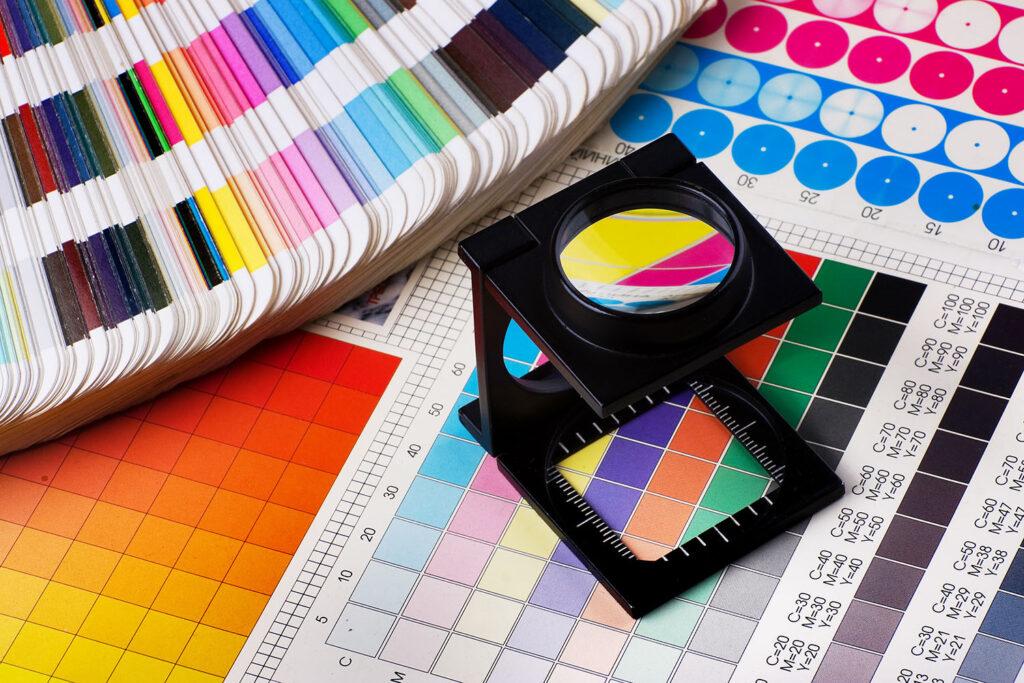
Starting a t-shirt printing business is a great way to make some extra money, but there are also some pitfalls you should avoid.
On the surface, it might seem like all you need to do is buy a few screens, set them up in your garage or basement and start cranking out shirts for bands on weekends.
But there’s more to it than that. It takes time and effort before any money starts coming in. And if you don’t know what you’re doing, then your best-case scenario will be selling your equipment at the end of the year for less than you paid for it just so that somebody else can take over where you left off.

Worst case? You’ll get stuck with thousands of dollars worth of debt from buying equipment that you can’t even use let alone sell, and finally come to the conclusion that starting a screen printing business just isn’t worth it.
Here are the most common pitfalls to avoid when starting a screen printing business.
1. Rushing to buy equipment without knowing what’s involved
Thousands of folks buy start-up kits with the belief that it will help them earn some extra cash during their free time. It’s true that many successful garment printing businesses might have started this way.

However, don’t underestimate the fact that there are also start-up kits left to gather dust in garages all over Australia. It’s no surprise to discover a lot of used equipment like this for sale on eBay.
Don’t worry, we will show you what to do in a minute, however, it’s critical to realise that printing tees takes more than just amazing equipment.
It demands that you have knowledge and abilities that cannot be acquired in a single day. Because there are several components to printing garments, each item may need a different level of knowledge.
It’s critical to understand the best way to print a specific garment based on what the artwork looks like and in what format it’s presented.
In some circumstances, it may be necessary to know how to create special files for different print methods. So artwork knowledge is essentially needed, as well as print knowledge.
We suggest you start off your new venture by outsourcing the production to a reliable service. Preferably one that uses every different print method and can advise you on what is best for each customers circumstances.
Although you won’t make as much money initially. You can guarantee you won’t loose any money if it does not work out as expected.
If you find you are getting a lot of orders – you can switch to printing yourself later – but only when you’re getting lots of sales.
If you rush out to buy your own equipment now. You will not get all your money back if you try to sell that equipment you purchased only a few month’s earlier.
Like What You're Reading?
2. Under-estimating the time, money, and effort required to start a t-shirt printing business
T-shirt printing is an expensive hobby that can easily turn into a costly full-time job. It’s not something you should take on lightly if you don’t have some savings or other sources of income lined up.

You’ll also need to be willing and able to work long hours–even weekends–to keep the shop open, even when it’s slow. Screen printers often end up working more than one job in order to make ends meet.
And finally, if this is all sounding like too much work for little reward, then maybe printing shirts isn’t the right venture for you after all.
Check into what permits are needed for your city or state. Screen printing is considered an industrial activity and has requirements for disposing of waste.
Find out if there are any zoning laws about where you can set up shop near residential areas or schools.
Figure out how much inventory you’ll need to get started before ordering from suppliers. You will most likely need to purchase upfront before your customer pays you.
You will need to hire an accountant and possible you will need to get some legal help as well.
Keep track of all expenses and income so that you’re prepared when tax season rolls around again next year!
3. Thinking artwork for t-shirt printing is similar to other types of printing
The process, on the other hand, differs significantly from any other printing technique. If you don’t set up your art correctly, you’ll have difficulties achieving the looks you want in your final product. The artwork may break or ruin your screens.

There are a few things you need to remember when creating artwork for screen printing:
1. Screen printing is an additive process that prints one colour at a time. Because of this, your design must be separated into different screens or plates. You cannot print a photo or a full-colour image with screen printing.
2. Each colour needs to be converted into its own layer. Each colour layer is needed to create your screens. If this process is not done properly it can result in problems with registration during production.
3. Complex drawings are difficult to convert when using only Photoshop’s built-in tools. You will have better results if you use other programs better suited for screen printing.
There are a few Vector graphics software products on the market that work quite well for this. Including; Inkscape, Adobe Illustrator or Corel Draw
4. A lack of understanding about how to use these kinds of computer software, can be a problem. You can be the best artist in the world, but it won’t mean anything if you don’t have the technical skills to print your artwork on a shirt.
Unfortunately, this is where many people give up because they don’t understand how to use the software.
4. Not having enough space for your machinery
Consider whether you have enough space in your home for your equipment
Many people overlook this aspect, which is a shame. Commercial t-shirt printing equipment needs a lot of room. It may even need special electrical, ventilation, and waste disposal facilities.
Consider the screen printing business, for example, as a semi-industrial venture that will take up a significant amount of real estate on your premises.
It’s also crucial to study the area’s zoning rules and environmental standards in order to ensure that your printing facility is situated in a suitable location.
In addition to this, there must be enough space available for the safe and efficient operation of your equipment as well as garment sorting and processing. You’ll be shocked at how much room hoodies take up in your store!
We suggest you start off your new venture by outsourcing the production to a reliable service. Preferably one that uses every different print method and can advise you on what is best for each customers circumstances.
Although you won’t make as much money initially. You can guarantee you won’t loose any money if it does not work out as expected.
If you find you are getting a lot of orders – you can switch to printing yourself later – but only when you’re getting lots of sales.
This will give you time to figure out which printing method to invest in first.
5. Not having a plan for marketing your new business
Because it is a business, like any other, you’ll need to share what you do with the world.
Your firm is now ready to begin production after you’ve resolved all of the problems we’ve outlined above.
How do you promote your business in your area?
Most individuals start by utilising a pre-existing social media platform or establishing a niche. With the help of word of mouth, they may quickly promote their new business.
Get a Kick Start: Buy Into Established Printing Business In Your Area
While promoting your company, make sure you offer high-quality prints at a fair price to your clients.
If you can come up with a good social network to exploit, you’ll have a leg up on competitors who don’t use custom printing in their marketing efforts.
If you’re less endowed in the social media field, having more exposure can help you get your company known worldwide.
Having a good/strategic location for your store could be beneficial.

6. Thinking you can print everything with a heat press
This is usually the point where most individuals who are caught between a desire to start a t-shirt printing business and a lack of financial resources (money to acquire adequate equipment) begin.
Most heat press providers/vendors will try to persuade you that you can accomplish anything with your heat transfer machine.
While there are many items that you can decorate with your heat transfer, not everything is possible. You need to be aware of their limits.
The key to achieving good results with heat transfer is to first figure out what works well and what doesn’t. This only come from experience.
Most significantly, you need to understand that computer-generated transfers don’t work to well with some designs and some file types.
Final Suggestion:
These are some of the most common mistakes that new screen printers make. You must acquire the proper equipment for the task and devote enough time in learning the ins and outs of the entire process if you want to establish a successful screen printing business.
The only way to know for sure is to start off your new venture by outsourcing the production to a reliable service. And holding off purchasing new equipment until you get descent sales.
Although you won’t make as much money initially. You can guarantee you won’t loose any money if it does not work out as expected.
If you find you are getting a lot of orders – you can switch to printing yourself later – but only when you’re getting lots of sales.
Screen printing, like any other business, necessitates hard effort, perseverance, and dedication. It will not happen overnight. But if you follow the proper methods, you’ll be satisfied in the end.